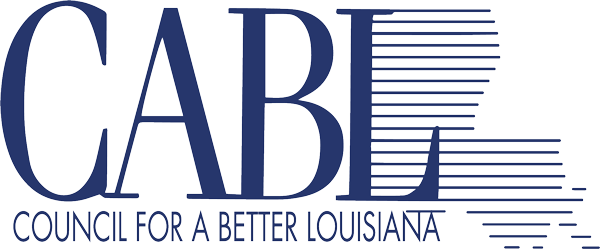
Governor John Bel Edwards recently made the provocative statement to the The Advocate editorial board that if the state doesn’t return to full funding of the TOPS scholarship program within a year or two the program and public expectations about it will be permanently altered.
He’s probably right.
In 2016 the previously unthinkable happened. For the first time since its creation in 1997, the Legislature failed to fully fund TOPS. That means this spring students are now paying almost 60% of the tuition their scholarship would have normally covered. The question, as the governor suggests, is where do we go from here?
For years, TOPS was like the sturdiest of dams – whatever was going on with the budget, TOPS would hold fast and the program would be fully funded. But as the cost of TOPS escalated because of tuition hikes fueled by debilitating budget cuts to higher education, cracks began to form.
Lawmakers couldn’t cobble together the nearly $300 million needed to fully fund the program for the current school year and ended up shorting it by about $90 million. The dam finally broke.
Most people never really saw that one coming, though the warning signs on the horizon were certainly there. In recent years lawmakers tinkered with ideas to change the program without cutting it. None of them passed except a bill to decouple TOPS from future tuition increases. It was hoped that might be enough to keep things somewhat intact, but it turned out to be too little too late.
Today, however, ideas about TOPS continue to bubble up. Now the Board of Regents has come up with some initial suggestions to remake the program in a somewhat newer image and lawmakers are expected to introduce more options of their own. All of this seems to indicate that the TOPS scholarship program as we knew it may become, like similar programs in other budget-threatened states, a thing of the past.
That hasn’t yet reached the level of the inevitable, but it appears close. And if that’s the case, maybe we should take a full step back and put aside the money questions surrounding TOPS and consider what, two decades after its creation, we now want TOPS to be.
Since the program started, the landscape in postsecondary education has changed dramatically. We now have a community and technical college system which didn’t exist in 1997. The cost of tuition and fees at four-year colleges in the state has increased by more than 150%. And the educational needs of the workforce have been turned upside down by technology.
The world isn’t the same as it was when TOPS started and maybe the TOPS of today shouldn’t be either. The point is, we can try to continue the TOPS model as we know it, at whatever level of state funding is available, or maybe we can think about reimagining it for the realities of today. In other words, if we were starting from scratch today, what would we want TOPS to do for us as a state and how would such a program work?
Would we want to raise the bar for eligibility because we want to push our students to higher levels of achievement? Would we want it to take into better account our community colleges because they now cover the state and could be a cost-effective pipeline to the workforce or a university? Would we want to add a needs-based consideration because we want to ensure access to college even though costs have risen? Or would we want to carve out a special higher award to ensure our best and brightest remain in Louisiana?
All of those are things to think about. But if we realize that now that the dam has broken on TOPS, we should also realize that we have an opportunity to refine it to meet the needs of the world we live in today. That’s not to say there was anything patently wrong with the old TOPS, but perhaps a new TOPS could bring with it new possibilities that better serve the students of today.
In 1997 when TOPS was created the iPhone was still a decade away from being introduced. If nothing else, it showed us how rapid change can be and how important the need to adapt. Whether it’s products or programs, the best ones are those that are right for their times. Maybe that should be true of TOPS, as well.
